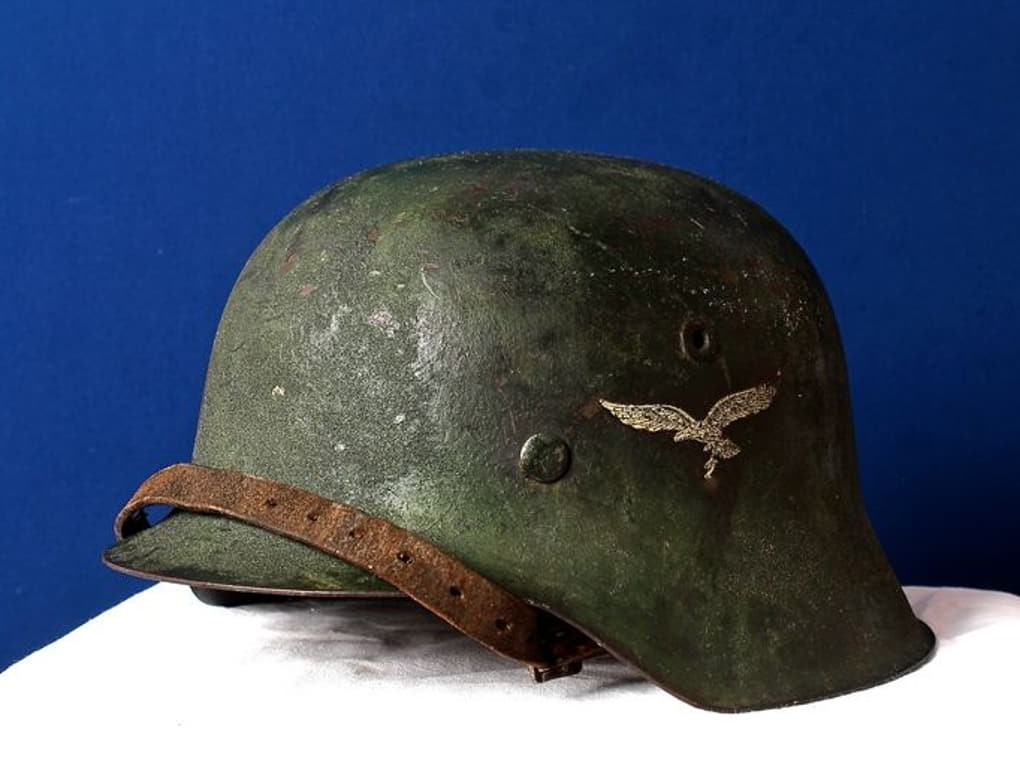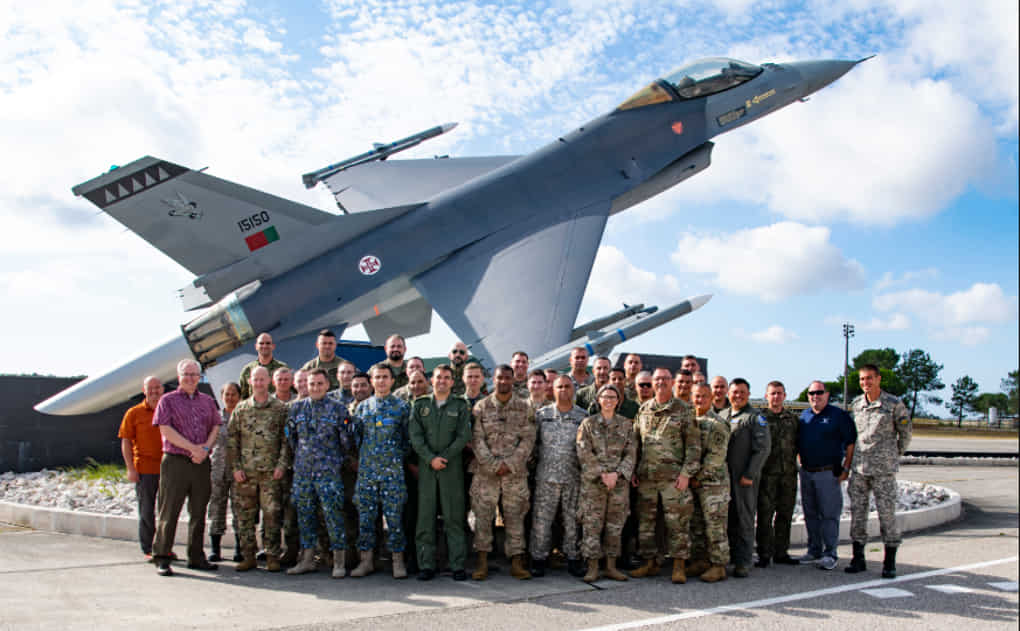Interesting facts about the HAL Ajeet; IAF’s (Indian Air Force) version of Folland Gnat
The aircraft we present today is the one whose design was based on the design of another aircraft which was allowed for local production in a foreign country. The name of this aircraft is HAL Ajeet which was developed as the jet-powered fighter jet that was designed and then developed by the Indian aircraft manufacturing company called HAL (Hindustan Aircraft Limited). The aircraft was in service of the IAF (Indian Air Force) from the year 1977 to 1991.
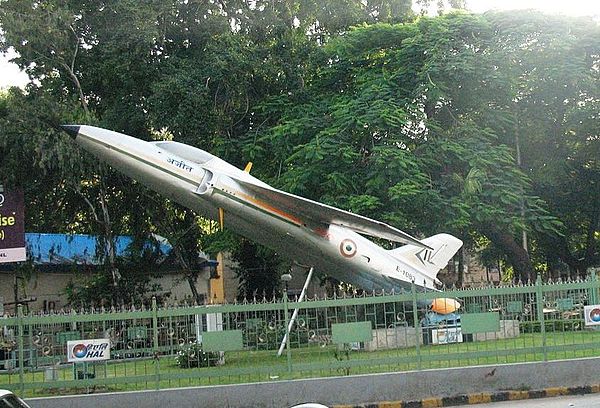
The HAL Ajeet happens to be a derivative of the British made Folland Gnat which was a light attack fighter as well as trainer aircraft. The Gnat was previously procured by the IAF in large quantities as well as was given the license to produce this aircraft in India by HAL. The Gnat fleet fought for the IAF during the Indo-Pak wars of 1965 and 1971. This is why Indians had high regard for the Gnat despite the obvious shortcomings in the design and capabilities of this aircraft.

This is the reason that back in 1972; IAF saw the need for an upgrade on the Gnat for development of a better variant and that led to the creation of HAL Ajeet. Ajeet is a word of ancient Sanskrit which translates to Invincible.

In the designing of the HAL Ajeet, engineers made importance to making the hydraulics and the avionics system of this new Gnat variant much better than before. The first 2 prototypes of the HAL Ajeet aircraft flew back on March 6th, 1975 and the satisfactory initial flights allowed for mass production to start on September 30th, 1976. The aircraft was only inducted in service of one IAF squadron before being pulled from service in 1991.
Origin of HAL Ajeet:-
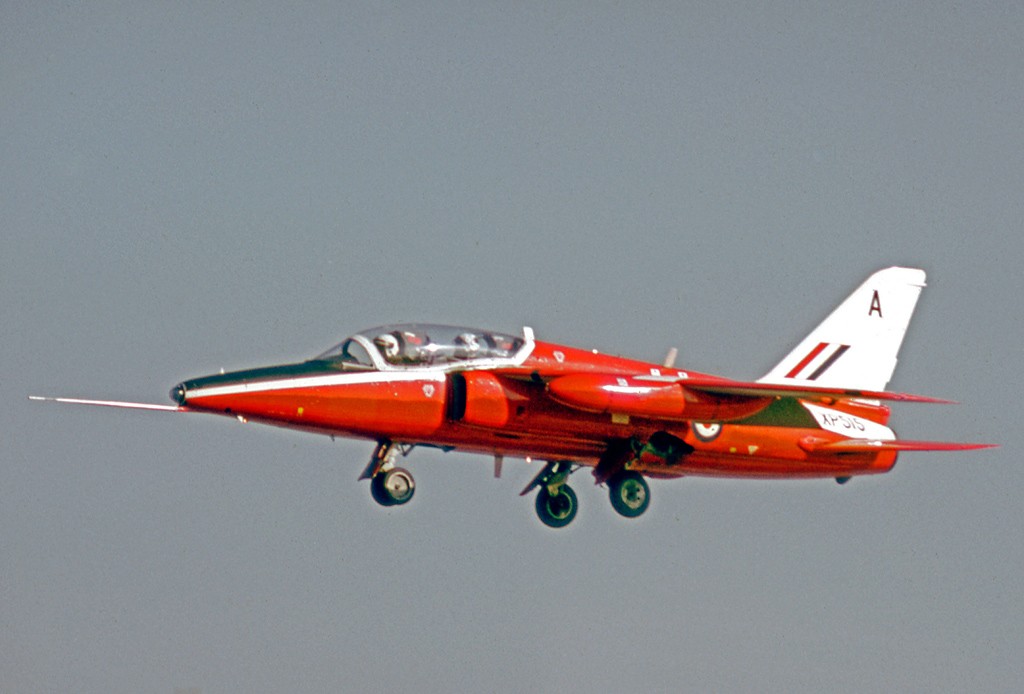
The British made Folland Gnats proved to be worth light attack fighters for the Indian Air Force as they served the roles well during the Indo Pak War of 1965 and the Indo-Pak War of 1971. They entered the nicknames Sabre Slayers due to being superior aircraft in comparison to the F-86 Sabres. However, like any other operator of the Gants, IAF also suffered from the problems of Gnats which were mostly about its maintenance and reliability issues.
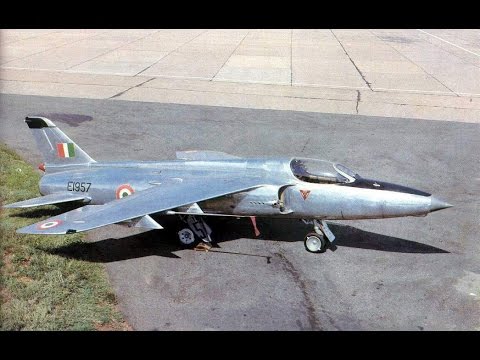
India had the license to create these Gnats locally and they utilized the knowledge to develop a more viable solution to these Gnats. The Gnats were already being produced by HAL (Hindustan Aircraft Limited) and their engineer stared working on a better Gnat variant. This variant went on to be the HAL Ajeet. For the designing project, the last 2 Gnats in service of the IAF have pulled apart for helping with the new program.
First Flight & Service with IAF:-
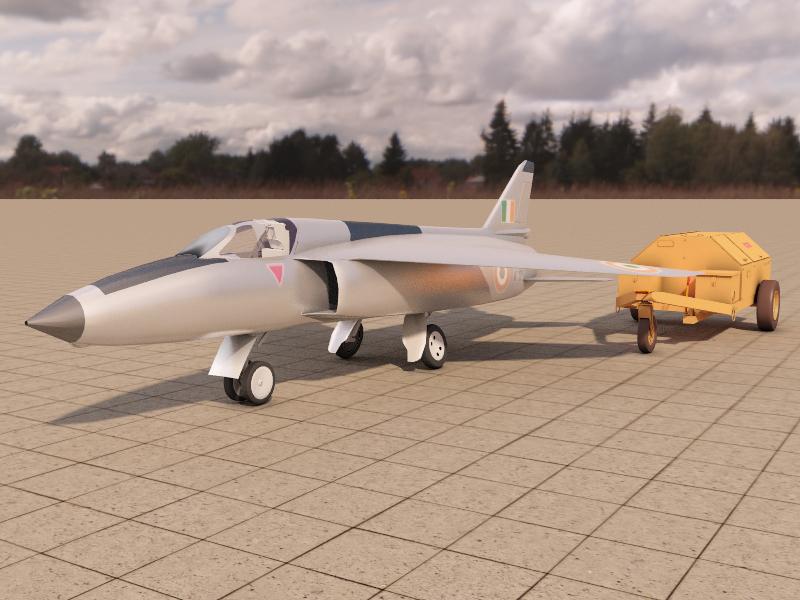
After the design was approved by IAF, HAL went on to produce 2 early prototypes of the HAL Ajeet. These two models took their first flights separately; with the first one flying back on 6th March 1975 and the second one on 5th November 1975.
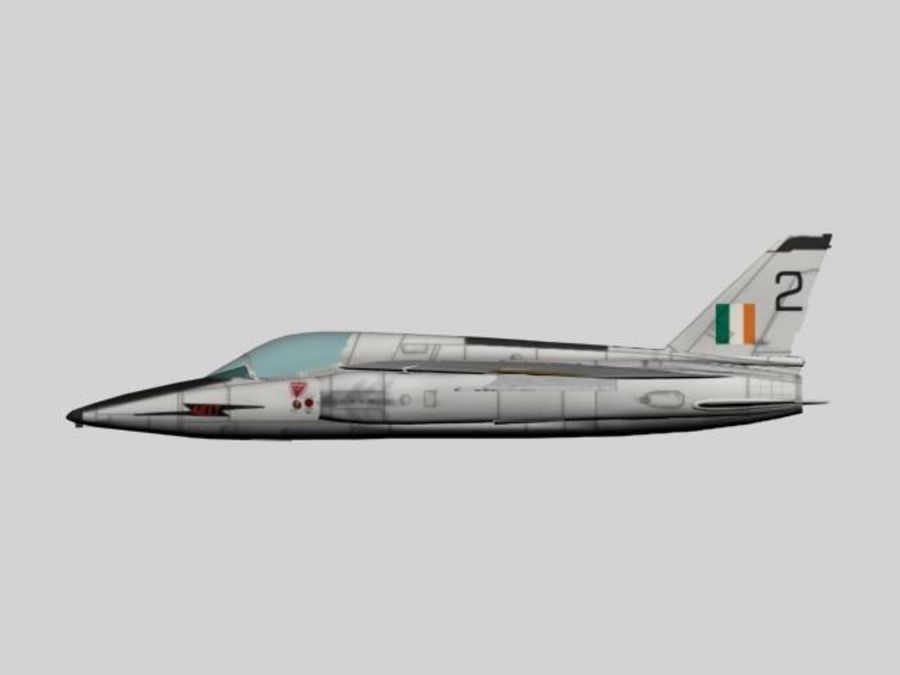
After the first flight, this aircraft was inducted under evaluation phases and a production quality first HAL Ajeet was also created. This new HAL Ajeet flew for the first time back on 30th September 1976. The aircraft as then green-light for mass production with the operational service officially starting in 1977. The aircraft was entered into IAF’s service as their light fighter, ground-attack fighter, advanced trainer aircraft, and interceptor aircraft.
Changes in IAF’s version of Gnat:-
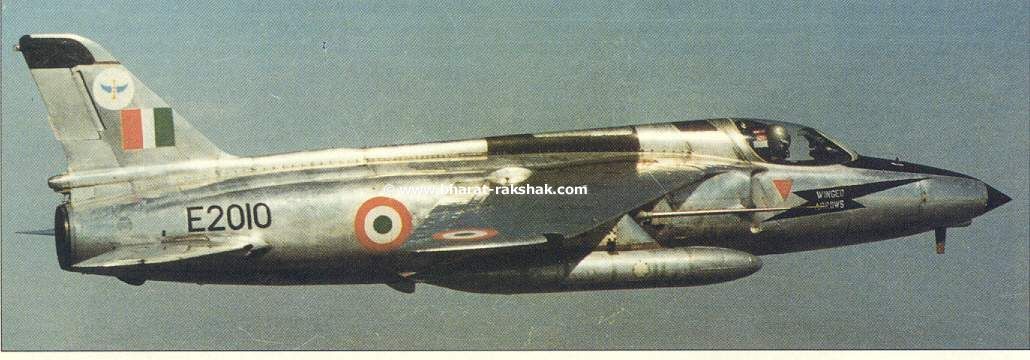
Among the several changes that were made in the design of the Folland Gnat to create the HAL Ajeet; the first one was to give it new wings that were plumbed for the fuel delivery. They were called as Wet Wings. The aircraft was also fitted with 4 hardpoints; two being under each wing. The Gnat had a control system problem which was revised completely for the HAL Ajeet along with the tail controls also being revised for better handling of this two-seat aircraft.
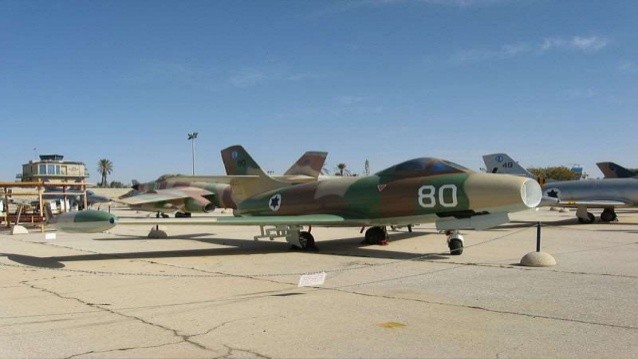
In other changes, the avionics were also upgraded along with the installation of the all-new Martin baker GF4 series ejection seat and the undercarriage being modified with better hydraulics systems. Despite these changes, the HAL Ajeet was left with nearly 60 percent of the original Gnat components and parts.
Powerplant and performance:-

In order to power this new version of the Folland Gant, it was fitted with a single THE HAL Orpheus 701-01 turbojet engine which generated a thrust of nearly 4500 lbs. this thrust allowed for the HAL Ajeet to achieve a top speed of nearly 715 mph for a ferry range of 1087 miles. As for the service ceiling of HAL Ajeet, it was a maximum of 45500 feet that it achieved with a climbing rate of 660 ft/min.
In its completed form, the HAL Ajeet would measure for a length of about 29.7 feet with a wingspan measuring at 22 feet and height at 8 feet. The aircraft’s empty weight was about 5090 lbs while the MTOW (Maximum Take-Off Weight) was about 9200 lbs.
Armaments:-
The HAL Ajeet featured the same standard armament configuration as the Folland Gnat; 2 of the 30mm ADEN cannons. The aircraft saw modification in the form of 4 hardpoints that were used for it to carry the rocket pods as well as conventional drop bombs.
Variants of HAL Ajeet:-
Despite all the financial and the manpower injected in the HAL Ajeet project, the aircraft soon proved to be not a fit for action against the Pakistan Air Force. This is the reason only 2 major variants of the HAL Ajeet were ever created. The first variant was the Ajeet Mk.1 which was designated by the IAF as Gnat Mk.2 which was a single-seat aircraft that served the roles of the interceptor and ground attack fighter. As for the other variant it was designated as Ajeet Mk.2; a two-seat variant that was used for jet trainer roles.
Only one squadron of the IAF; No. 2 Squadron stocked the inventory of HAL Ajeet.
Retirement:-
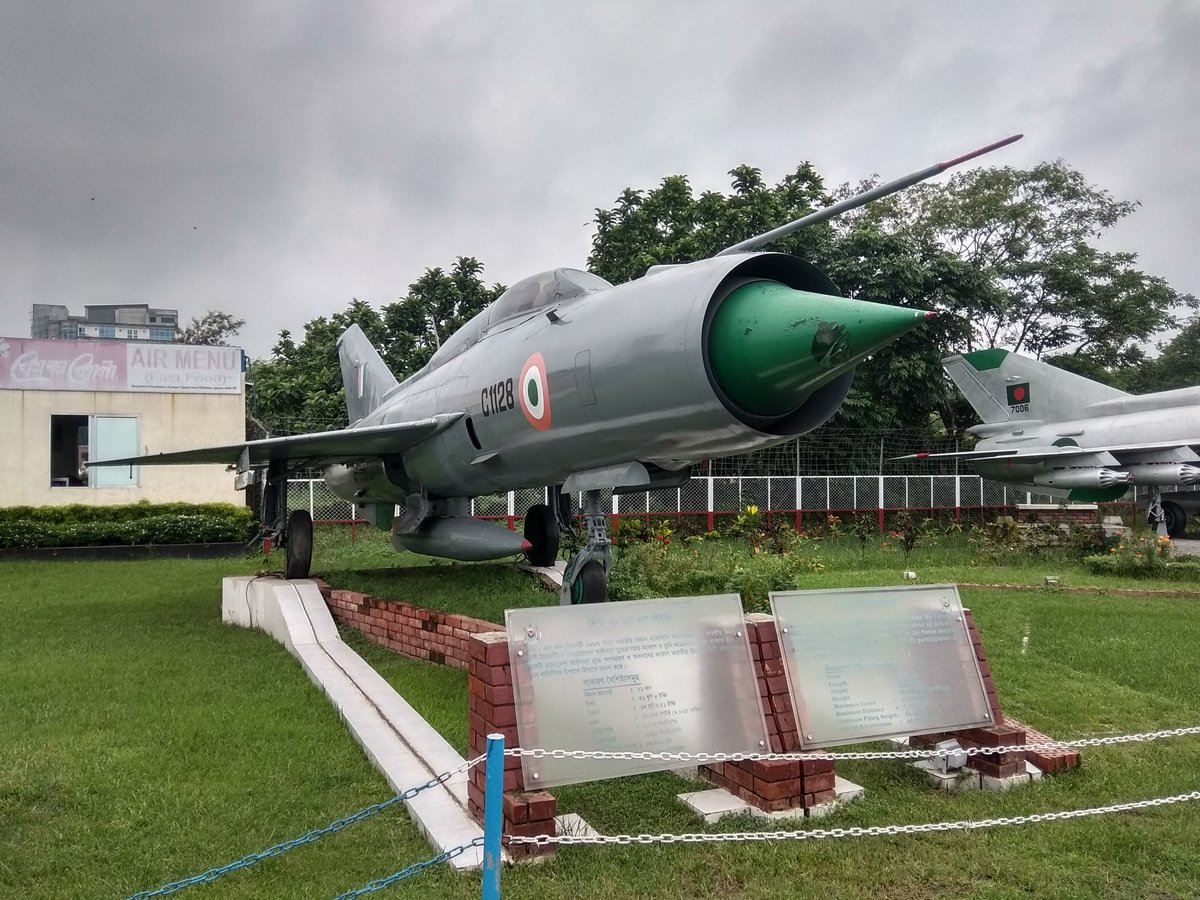
During the course of its life, only 79 of these HAL Ajeet aircraft were ever created before they were all retired by IAF in 1991.
Related Content
Interesting facts about the Folland Gnat; The Light Attack Fighter& Trainer of RAF
Interesting facts about the de Havilland Vampire; The Second Jet Fighter of British RAF
Interesting facts about the Hawker Sea Hawk; The Royal Navy’s First Jet Fighter
Share this content:

